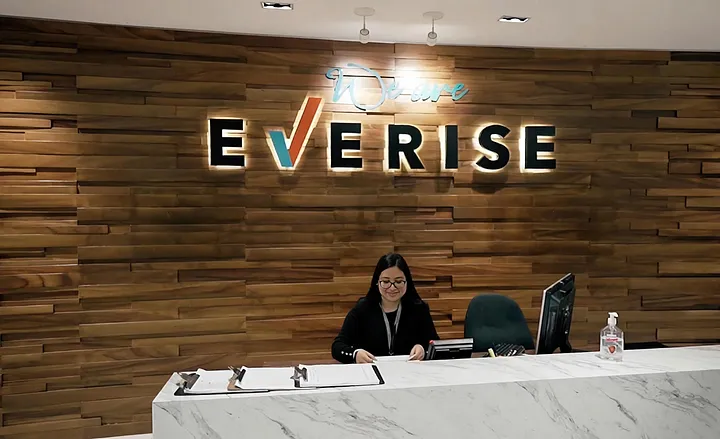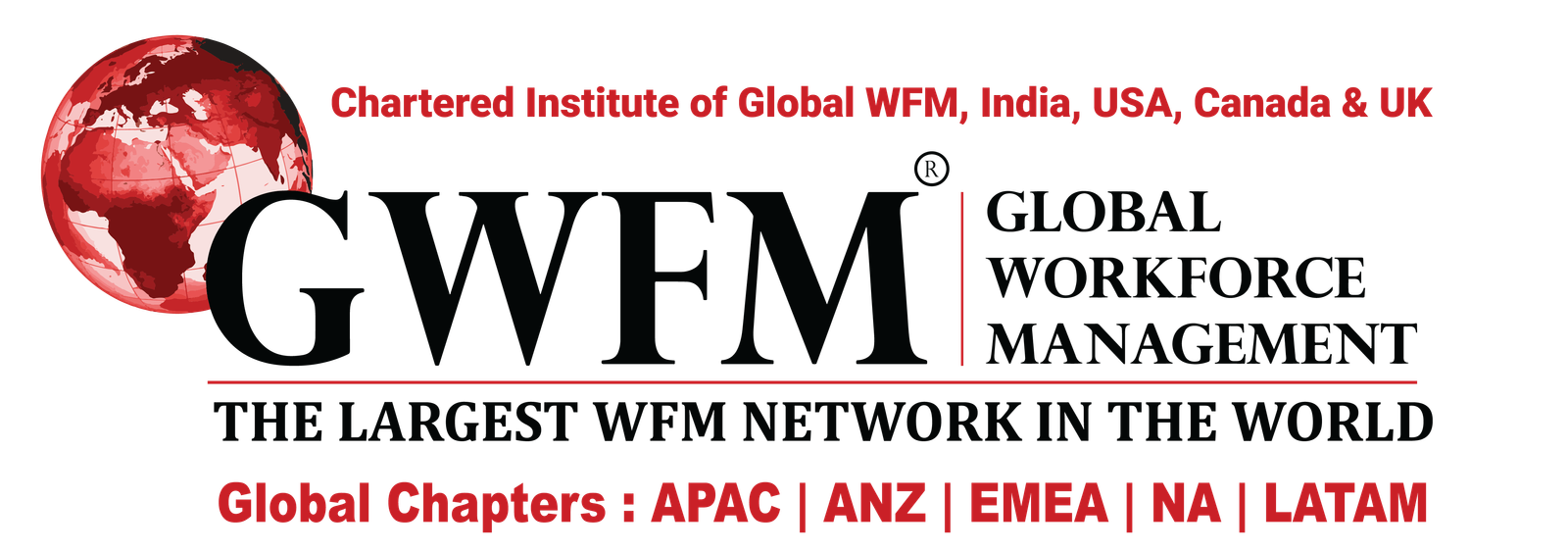Winning Secrets: Everise’s EX approach ensures over 70% of jobs are filled through employee referrals

The world’s leading healthcare companies trust Everise to provide tailored customer experience solutions that deliver happiness.
At the third annual edition of Employee Experience Awards – Singapore in 2023, Everise won the gold award for ‘Best Remote Management Strategy’, as well as Sudhir Agarwal, Founder & CEO, Everise won the coveted ‘Most Inspiring Leader’ award.
To celebrate this milestone, we catch up with the award-winning, leader, Sudhir Agarwal, (pictured above) on how the team has implemented a holistic and positive employee experience across its global organisation and workforce.
Q How do you ensure your employee experience initiatives are aligned with your business objectives?
At Everise, we firmly believe that a strong employee experience is tied directly to business success. Happy employees make happy customers, period. As such, our employee experience initiatives are carefully aligned with our business objectives. We place diversity, equity, and inclusion (DEI) at the core of all employee engagement, retention, and recruitment programmes. By doing so, we ensure that our workforce reflects the diverse communities we serve and that every employee feels valued and empowered.
To align our employee experience initiatives with our business objectives, we take a multi-pronged approach. We integrate DEI principles into our recruitment processes, talent development programmes, and employee management practices, ensuring we hire inclusively to incorporate a broad range of cultures, perspectives, and ideas that power the business.
Learning and development is key to fostering a growth mindset and ensuring our employees have the skills and knowledge to excel in their roles. Our own Everise University, which includes leadership masterclasses, gives our employees access to a wealth of knowledge that goes beyond the bounds of the workplace.
Equipping managers with the soft skills to handle mental health situations is just one of the many skills we teach through these courses.
Listening to our employees is the most critical way for us to improve. Through regular feedback mechanisms such as surveys, focus groups, and skip-level meetings, we create ample opportunities for employees to constantly share feedback and insights on their experience. This helps us understand their needs and expectations, allowing us to tailor our initiatives accordingly.
Ultimately, our aim is to create a positive work environment that drives employee engagement, productivity, and customer satisfaction.
Q Can you provide examples of how the organisation has invested in the employee experience?
The employee experience is critical to our mission of delivering customer happiness to millions globally. There are many ways in which we invest in our employee experience, which include:
a) Inclusive recruitment and career development programmes: We have developed programmes that promote diverse hiring practices and provide equal opportunities for career advancement. These include unconscious bias training for recruiters, talent acquisition partnerships with organisations supporting underrepresented groups, and mentorship programmes to nurture talent within the company, especially pertaining to supporting young aspiring female leaders on their path to success.
b) Wage equity programmes: We prioritise pay equity to ensure fairness and address any existing pay gaps or biases. By conducting regular audits and implementing corrective measures, we create an environment where all employees are compensated equitably for their skills and contributions.
c) Flexible work arrangements: We offer flexible work options, including work-from-home arrangements and flexible schedules, and offer the IT infrastructure and systems for our employees to work remotely with ease. This promotes work-life balance and allows us to tap into a broader talent pool, including individuals who may face unique challenges, such as stay-at-home parents or persons with disabilities.
d) Education and awareness: We provide regular training and awareness programmes to foster a culture of inclusion and belonging. These initiatives include unconscious bias training, webinars on relevant topics, and workshops that empower employees to challenge biases and drive positive change. We advocate and amplify important occasions, such as International Women’s Week and Black Heritage Month.
e) Employee resource groups: We have established employee resource groups (ERGs) to support various communities within our workforce, including women, LGBTQ+, mature-aged employees, and more. These ERGs provide a platform for networking, support, and advocacy, ensuring every employee feels valued and represented.
These examples demonstrate our commitment to investing in the employee experience and creating a workplace that nurtures growth, diversity, and inclusion.
Q What are some of the key challenges that you faced in implementing your EX initiatives, and how did you overcome them?
Implementing a holistic and positive employee experience is not without its challenges. One of the key challenges we faced was driving a consistent experience across our global organisation and workforce, which is majority remote working. With 64 nationalities fluent in 32 languages spread across eight countries, aligning everyone’s perspectives and practices required concerted effort and focus.
To overcome this challenge, we adopted a systematic approach. We sat down and defined what the employee experience should look like from start to finish. This included working and gathering feedback from various teams, including HR, talent acquisition, and operations. The values and principles which guided our approach were also clearly defined, including our focus on being a ‘people-first’ culture, diverse and inclusive, as well as a culture of innovation.
We developed programmes and initiatives in line with these values and implemented them as part of our global strategy, which was executed and implemented by regional and local teams who bought into the overall vision and translated them to in-market teams. As part of the implementation, key measures of success were also clearly communicated to our teams to ensure follow through.
At the same time, we fostered open and transparent communication channels to encourage dialogue and feedback. We actively sought input from employees at all levels to ensure their voices were heard and their perspectives were considered when shaping our employee experience initiatives. This approach helped us build a sense of ownership and collective responsibility among our workforce, leading to increased engagement and commitment.
This approach has paid off over the years. Today, over 70% of our jobs are filled through referrals from our own employees. The organisation enjoys an industry-leading 4.6 Glassdoor rating globally, supported by thousands of independent employee reviews. We also recently concluded our annual employee survey, which indicated an 88.4% employee satisfaction rating.
Q Do you have processes to measure the effectiveness of your EX initiatives, and what metrics do you use to evaluate success?
At Everise, we believe that data-driven insights are crucial for evaluating our progress and identifying areas for improvement. Here are some of the metrics we use to evaluate the success of our EX initiatives:
a) Employee satisfaction surveys: We conduct regular surveys to gauge employee satisfaction, engagement, and overall experience. These surveys provide us with quantitative and qualitative feedback, enabling us to understand the impact of our initiatives and make data-informed decisions.
b) Retention and attrition rates: We track employee retention rates and analyse attrition patterns to assess the effectiveness of our EX initiatives.
c) Diversity and inclusion metrics: We monitor key diversity and inclusion metrics, such as representation of women, LGBTQ+ employees, and persons with disabilities. Tracking these metrics helps us assess the impact of our initiatives on creating a diverse and inclusive workforce.
d) Performance and productivity indicators: We measure employee performance and productivity through key performance indicators (KPIs) aligned with our business objectives. By analysing these metrics, we can assess how our EX initiatives contribute to improved individual and team performance.
e) Recognition and awards: We consider external recognition and awards received in the areas of diversity, inclusion, and employee satisfaction as indicators of the success of our EX initiatives. These accolades validate our efforts and demonstrate our commitment to creating a great place to work. To date, we have garnered over 10 awards and accolades in diversity and inclusion and gender inclusivity over the years, including the Stevie Gold Award for ‘Achievement in Diversity & Inclusion’ in 2022.
By leveraging these metrics, we continuously evaluate the effectiveness of our EX initiatives, identify areas for improvement, and ensure that we are delivering a positive and impactful employee experience.
Q Finally, what role do leaders and managers play in driving a beautiful employee experience, and how are they held accountable for the success of these initiatives?
Leaders and managers play a critical role in driving a positive and cohesive employee experience at Everise. They set the tone, exemplify our values, and shape the culture within the organisation. Their actions and behaviours directly impact the engagement, wellbeing, and career development of our employees.
To ensure accountability, we have established a few key practices:
a) Leading by example: Our leaders and managers serve as role models for the desired employee experience. They demonstrate inclusive leadership behaviours, actively participate in diversity and inclusion initiatives, and prioritise employee wellbeing. By leading by example, they inspire others to follow suit.
b) Training and development: We provide leadership training and development programmes that emphasise the importance of creating a positive employee experience. These programmes equip leaders and managers with the skills and knowledge needed to foster an inclusive culture, support their teams, and drive engagement.
c) Performance evaluations: Leaders and managers are held accountable for the success of our employee experience initiatives through performance evaluations. We incorporate metrics related to employee engagement, diversity, and inclusion into their performance assessments. This reinforces the significance of these initiatives and encourages leaders to actively champion them.
d) Feedback mechanisms: We encourage regular feedback from employees regarding their experience with leaders and managers. This feedback helps identify areas for improvement and allows us to address any concerns or issues promptly.
By integrating accountability measures into our leadership practices, we ensure that leaders and managers are actively involved in driving a great employee experience. Their commitment and dedication are essential for creating a supportive and inclusive workplace where every employee can thrive.
Resource: Everise & GWFM Research
